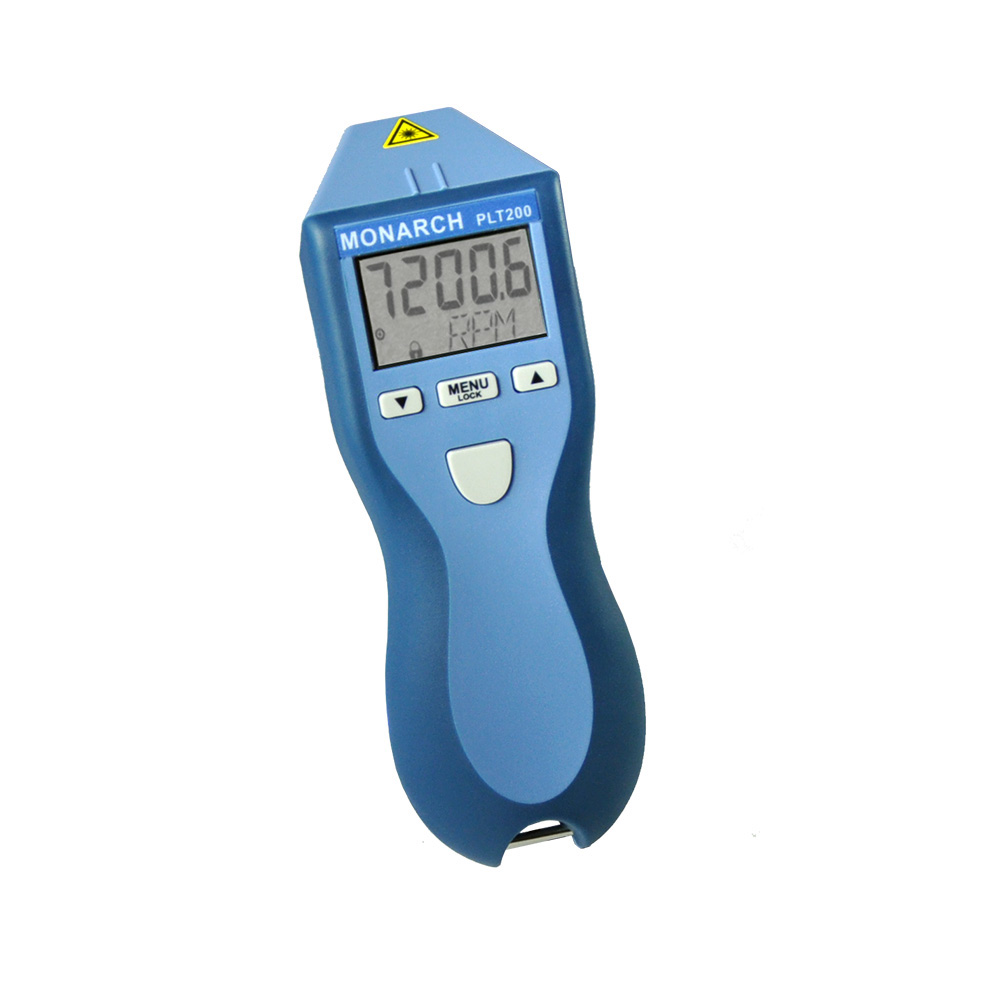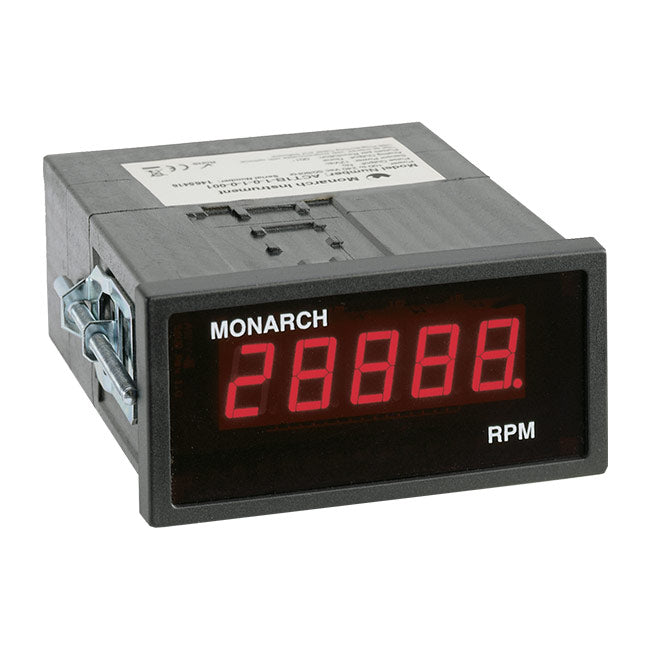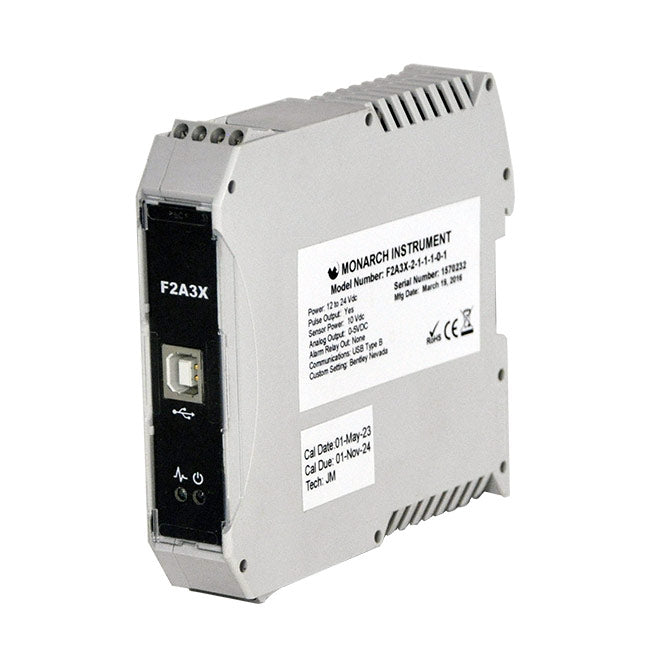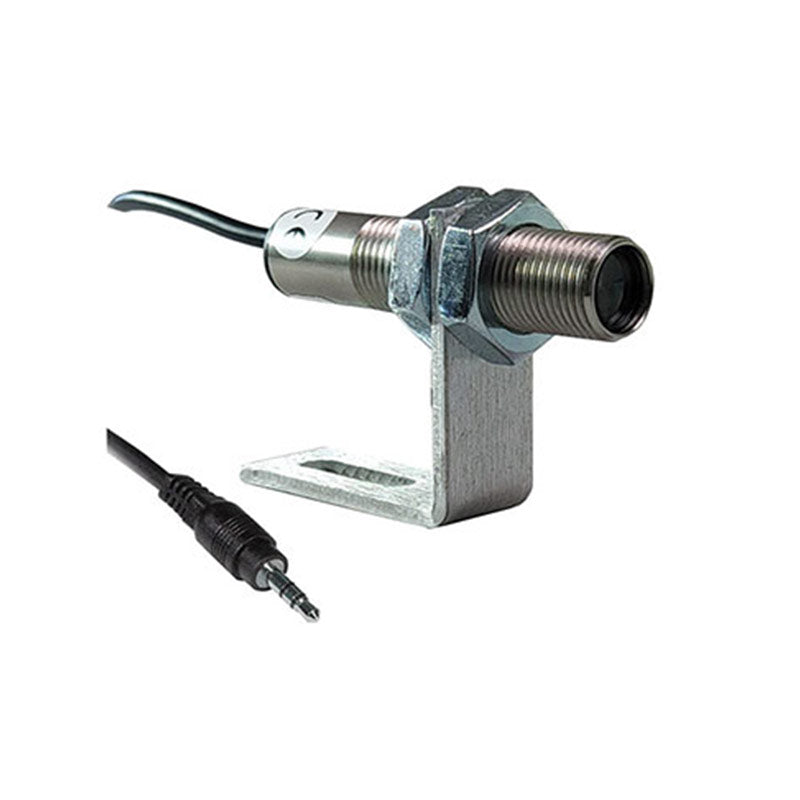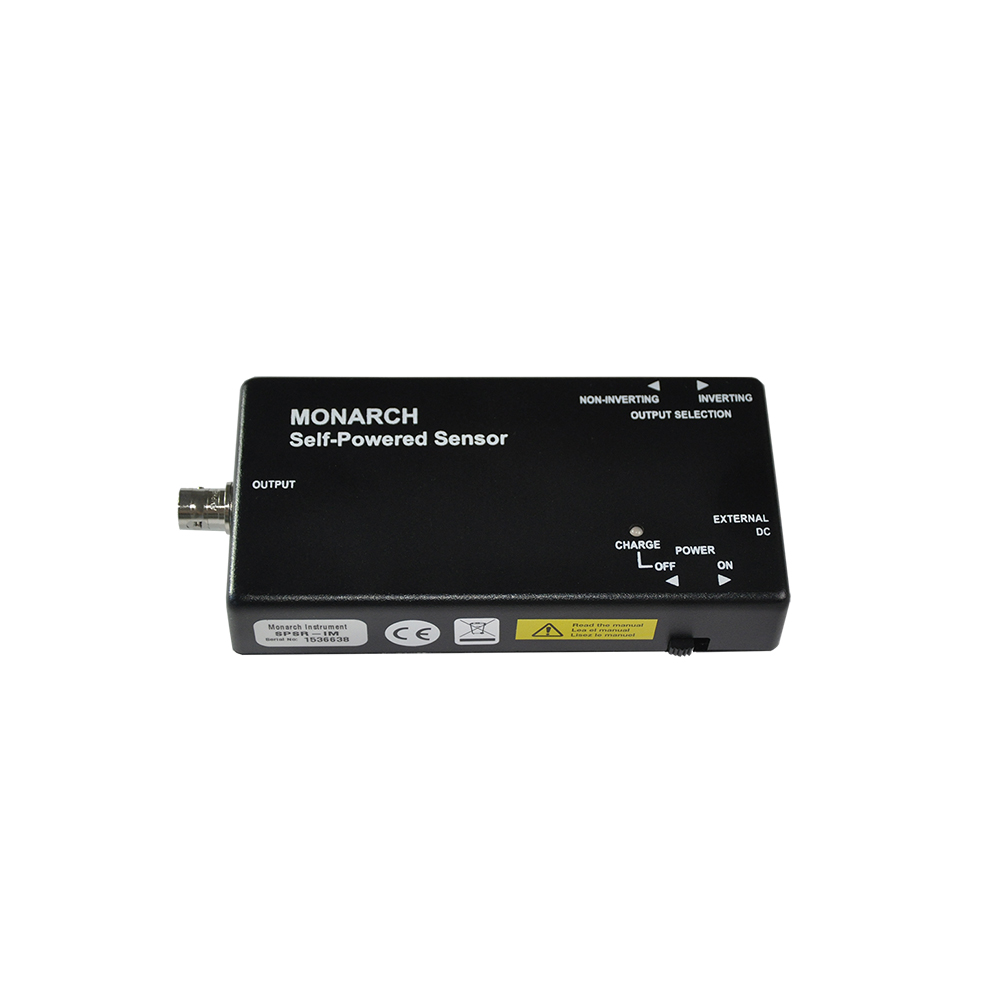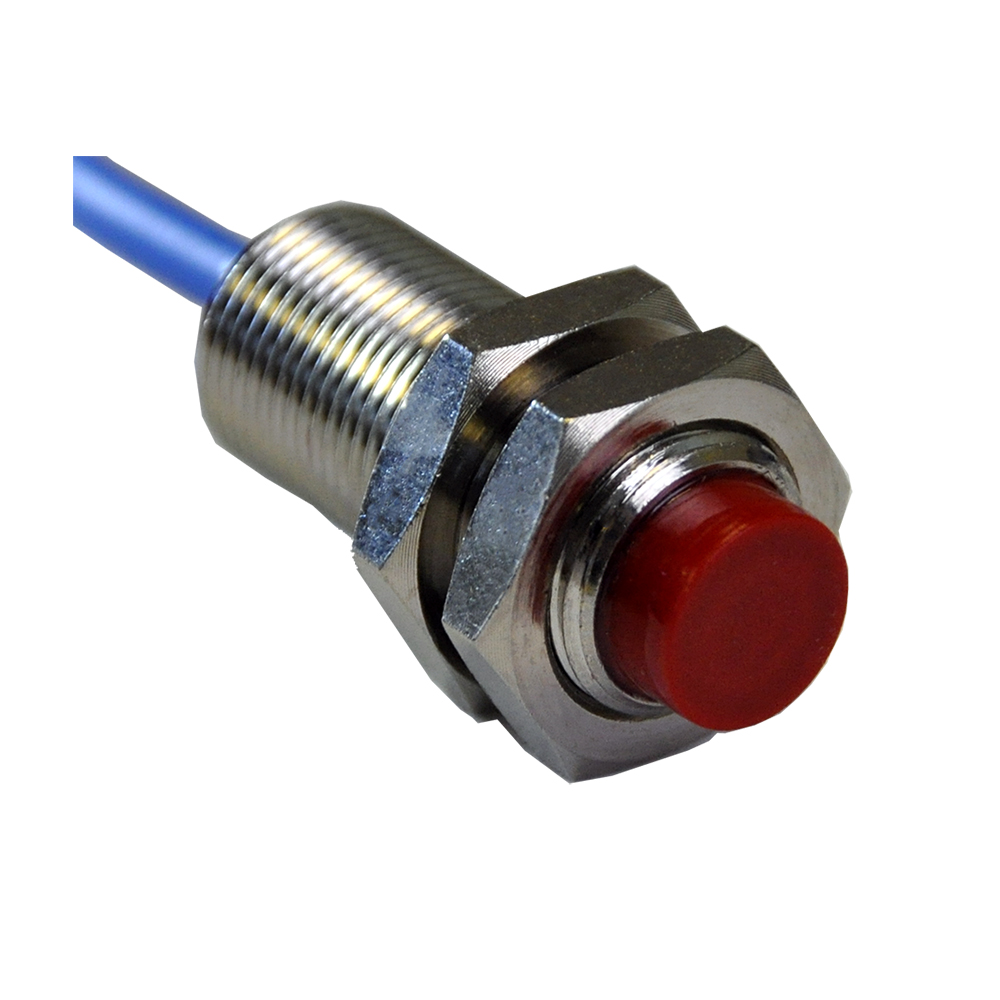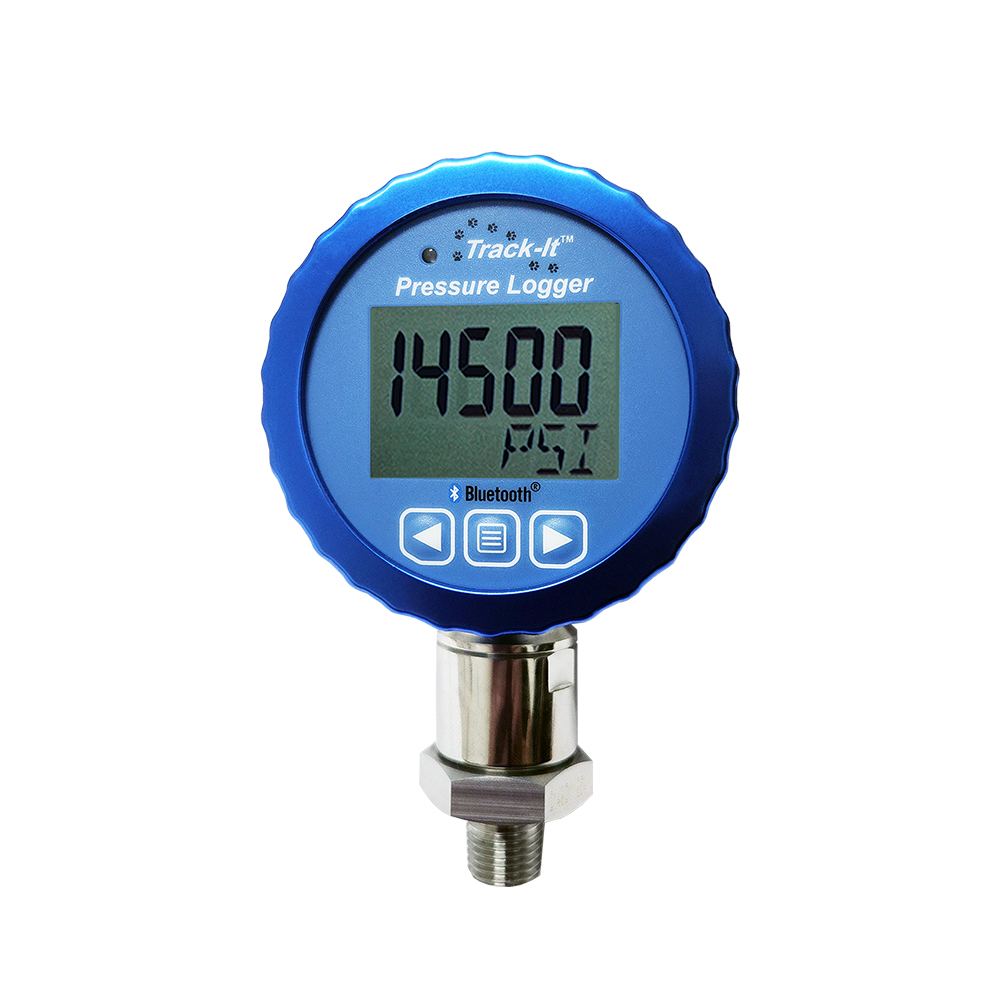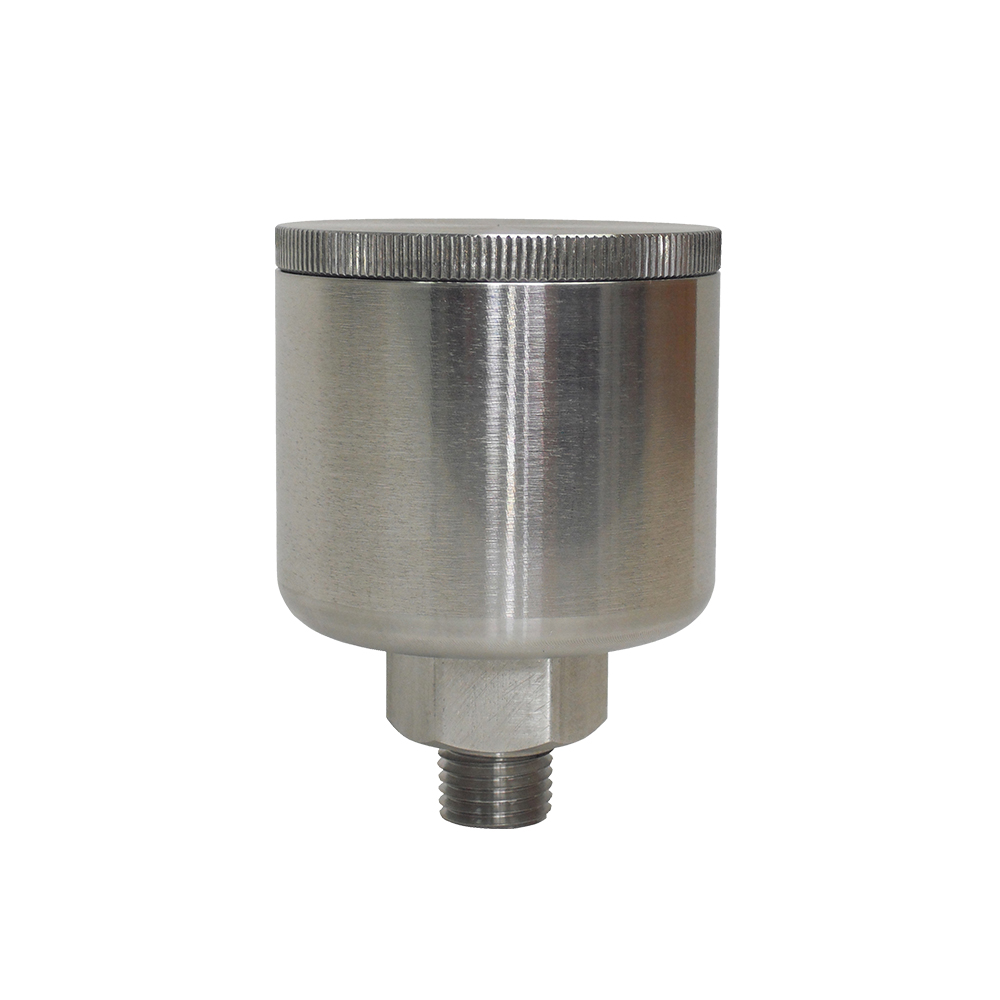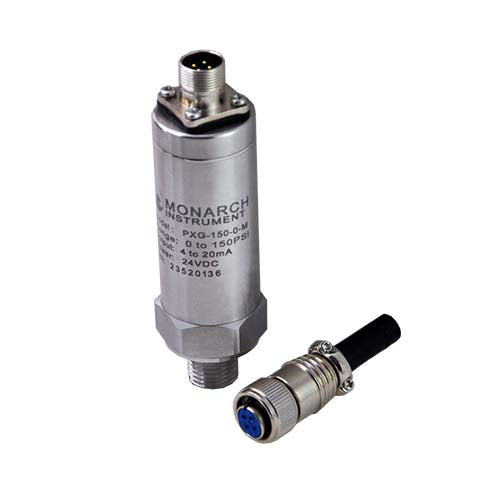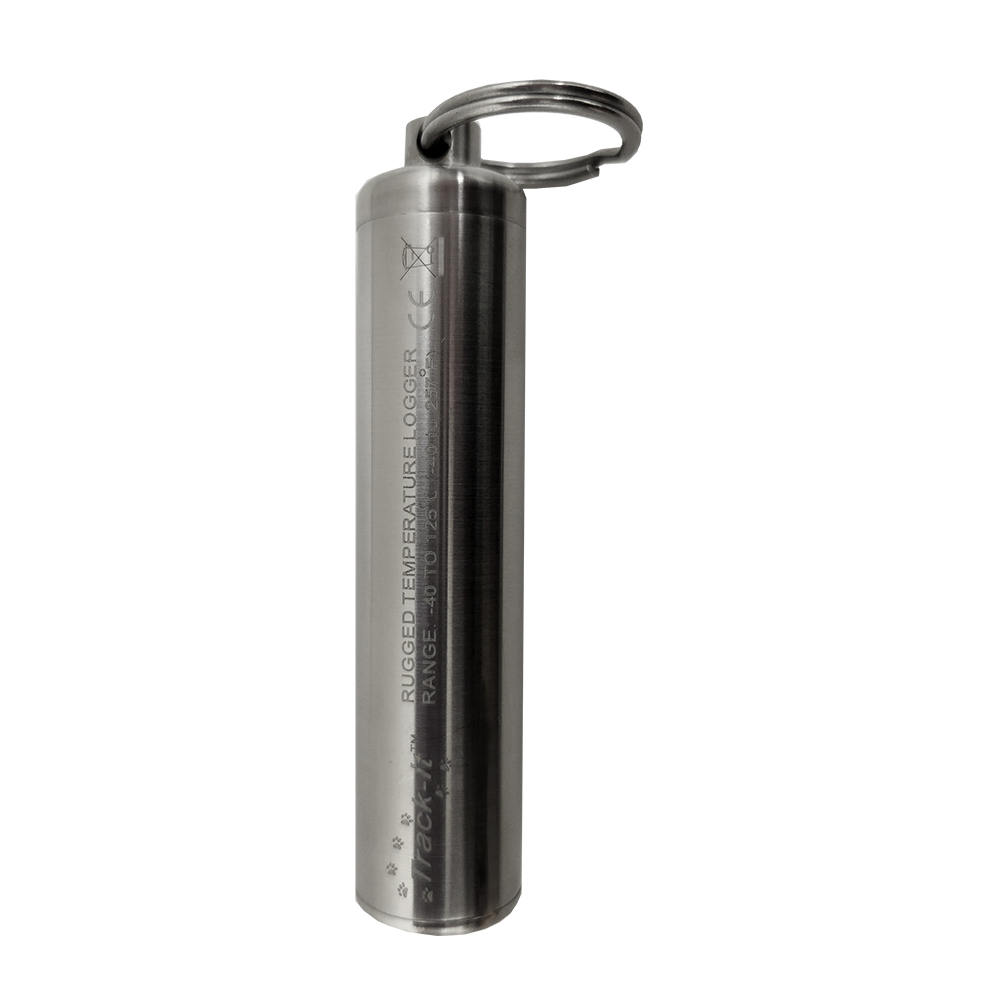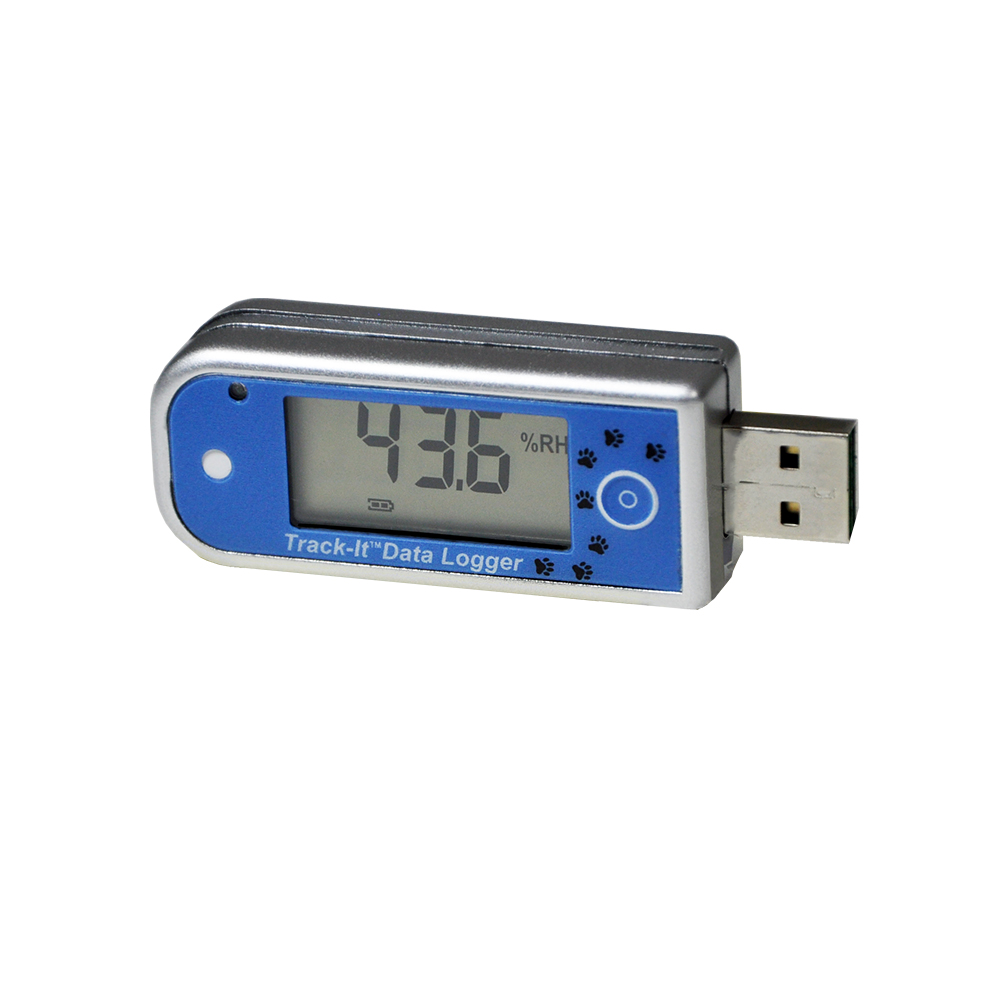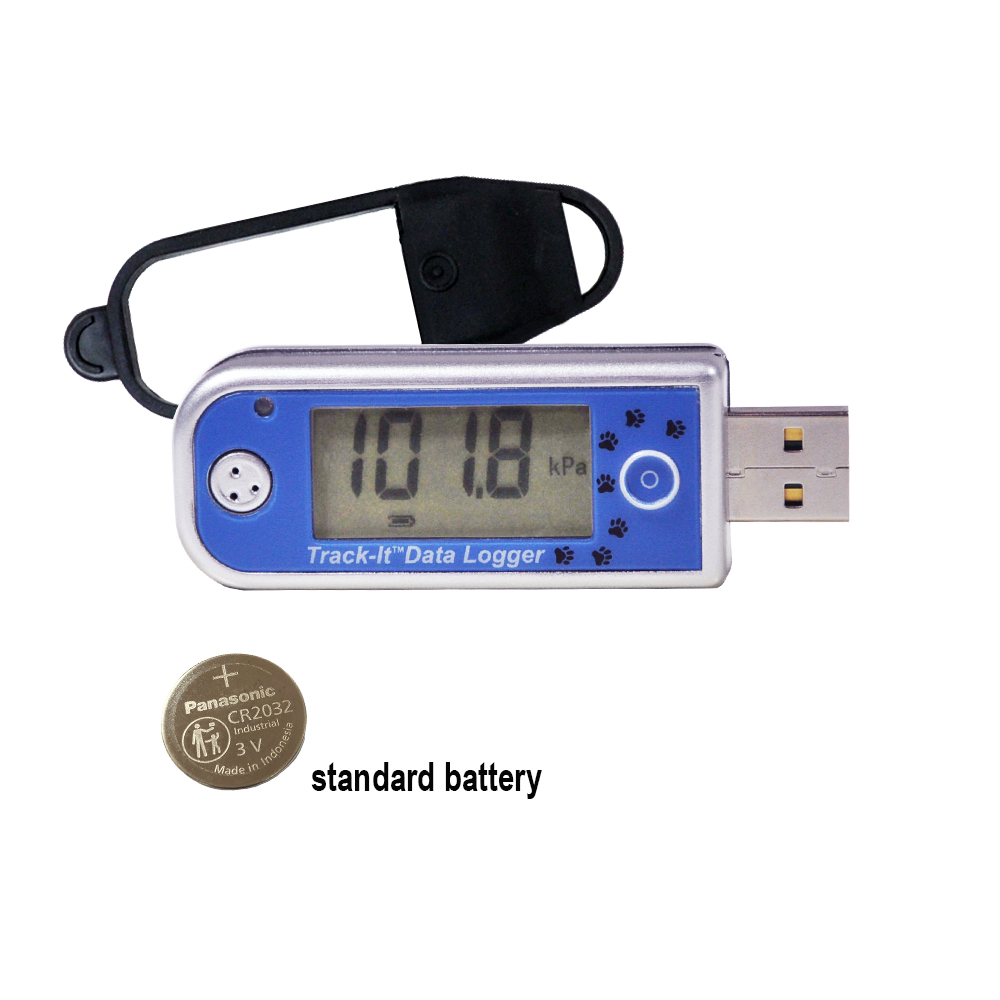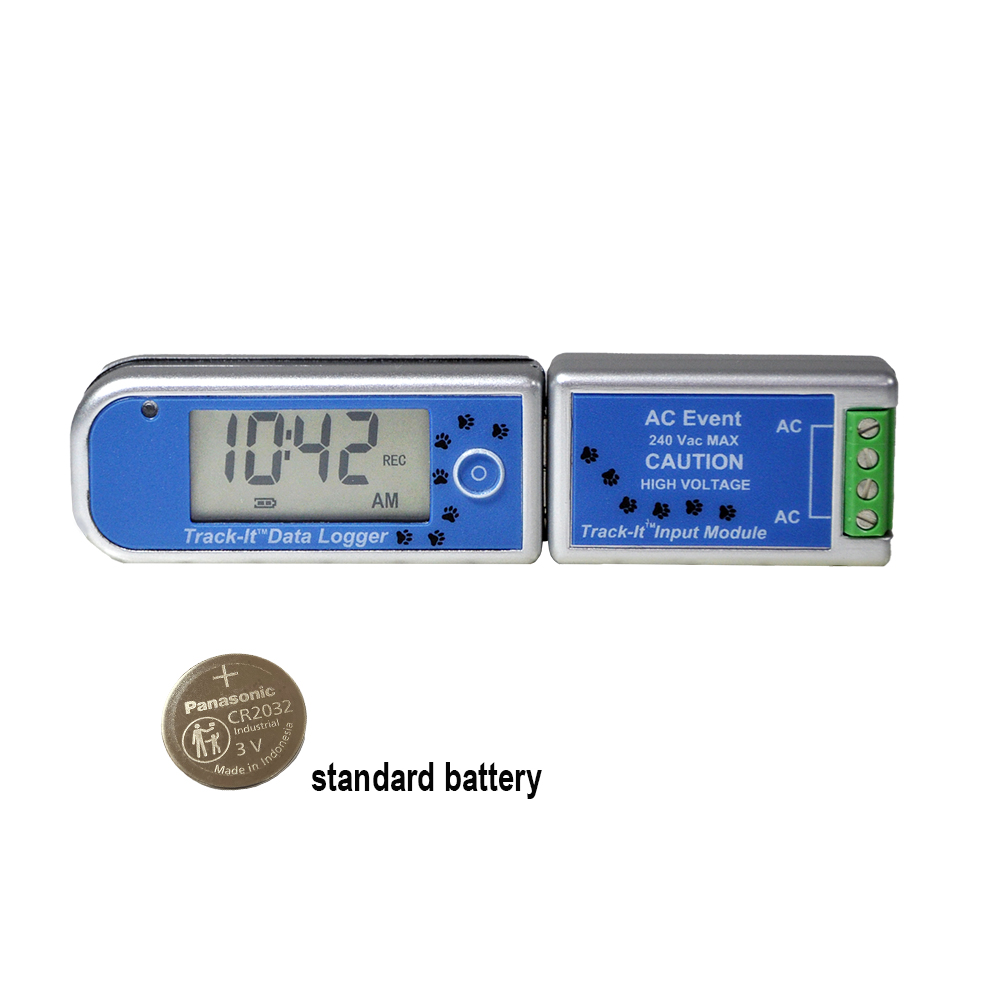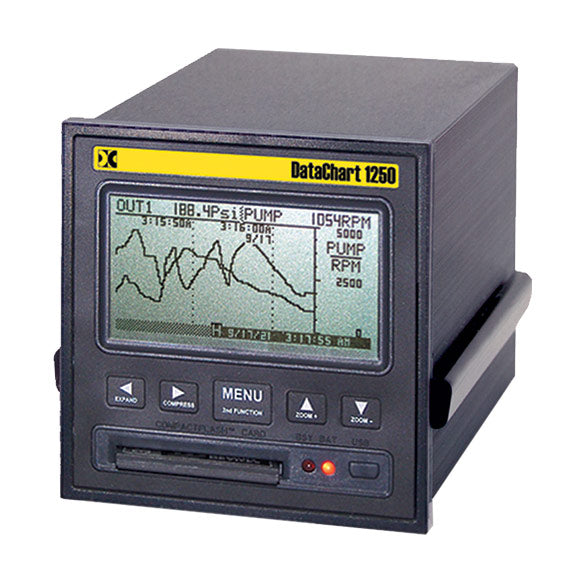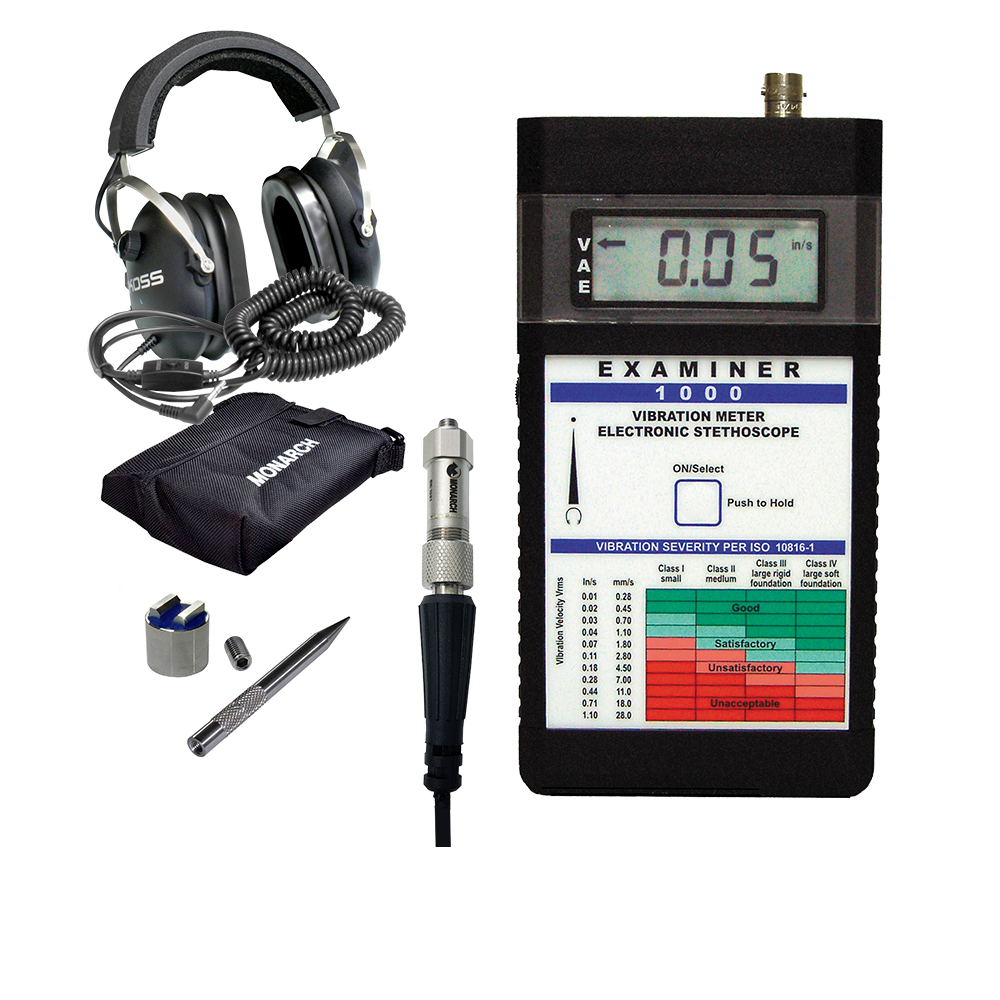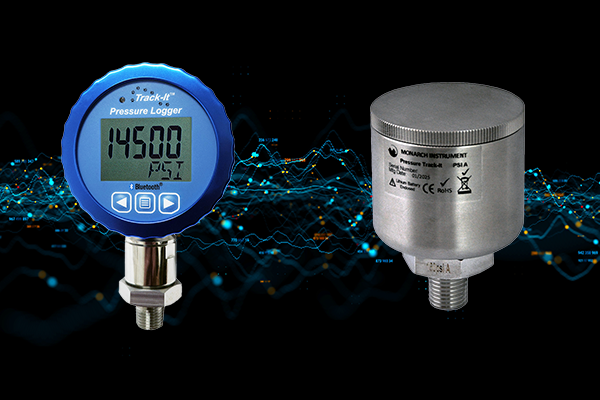Using a Diaphragm Seal to Isolate Pressure Data Logger
The overview of this article is the use of a diaphragm seal to separate and protect a Track-It™ Pressure/Temperature Data Logger from the medium (liquid or gas) being measured.
What is a diaphragm seal?
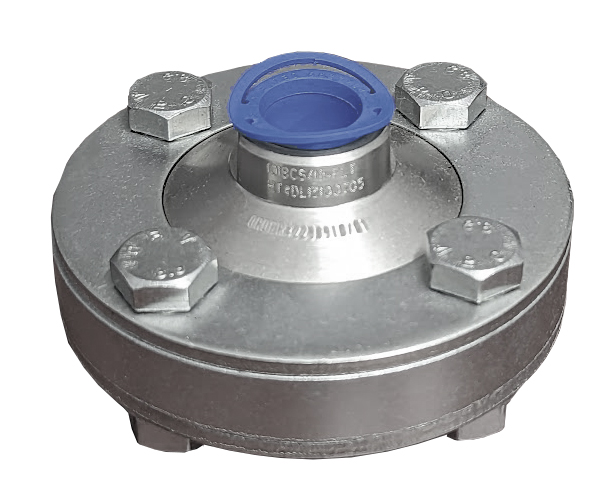
The purpose of a diaphragm seal is to isolate a pressure measuring device (in this case, a Track-It Pressure/Temperature or Vacuum/Temperature Data Logger) from the media being processed in challenging environments where the process media should not come into contact with the pressurized parts of the logger, in order to protect and extend its life.
A diaphragm protected pressure gauge uses the deflection of a thin, flexible diaphragm element, to displace diaphragm seal transfer fluid into the pressure gauge. The components are assembled and vacuum filled with a transfer fluid such as silicone, and then calibrated together, in order to retain accurate pressure readings. The diaphragm isolates the logger’s internal components from the media, making the logger suitable for use with corrosive and/or harsh liquids or gases.
How to choose the right diaphragm seal configuration?
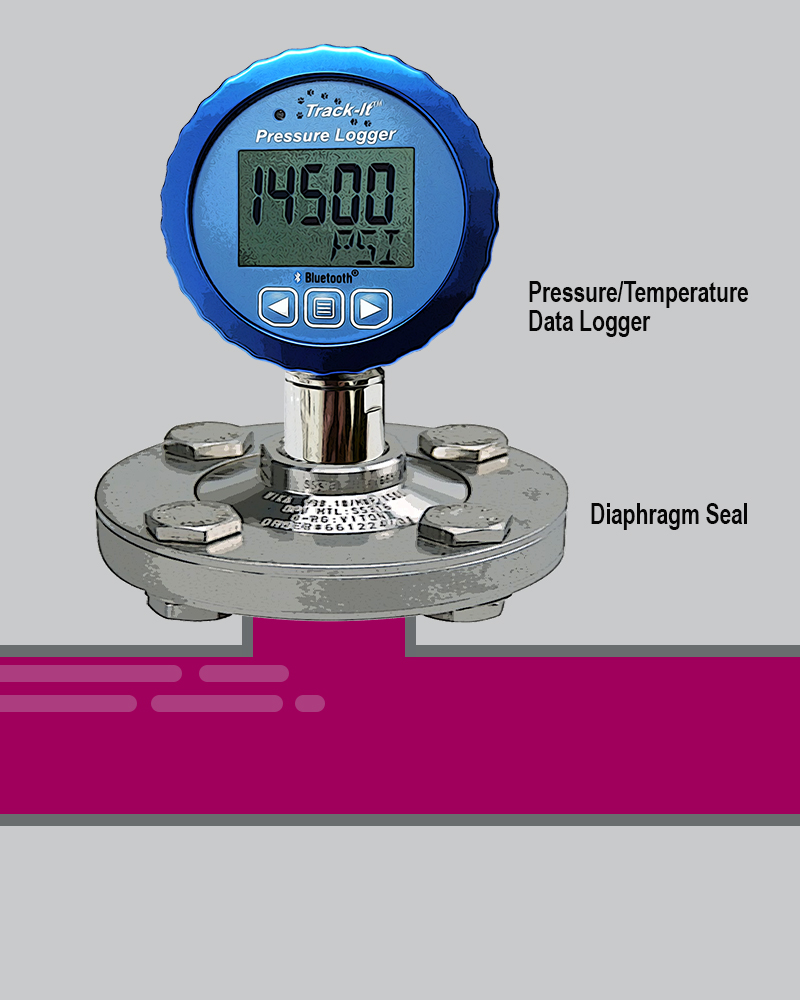
Not every pressure measurement application requires a diaphragm seal, but when conditions warrant, it’s important to understand the environment.
What is the application?
- High-temperature media
- Suspended solids
- Viscous or crystallized media
- Corrosive media
With the application identified, there are other considerations:
- Connection: threaded, in-line, flanged, or sanitary
- Wetted material: such as 316L stainless steel, plastics, titanium, etc.
- Additional transfer fluids: depending upon the application, transfer fluids such as silicone or FDA mineral oil, glycerine, etc. may be required
- Maximum Allowable Working Pressure (MAWP): as different diaphragm seals are designed to withstand a specific MAWP
- Add-ons: such as pressure snubbers, cooling elements, etc.
A properly specified assembly should be corrosion and clog-resistant, function reliably and most important read accurately.
— Colonial Instruments, Inc.
How to choose the right data logger for your pressure measuring application?
Again, not every pressure measurement application requires a diaphragm seal, but when conditions warrant, it’s important to understand the environment.
Monarch Instrument data loggers have 1.5x/150% “over-range” pressure capacity. However, you should choose a pressure data logger that is closest to your application’s pressure range and max pressure to ensure optimal accuracy of the pressure sensor (versus relying on the over range capacity).
The Pressure sensor is located in the nozzle port of the Logger.
The Temperature sensor is located inside the logger housing, therefore temperature measurement is more ambient temperature versus media temperature.
Collaboration
Monarch Instrument is in collaboration with COLONIAL INSTRUMENTS, INC. Colonial is a stocking wholesale distributor of pressure and temperature instruments. Colonial Instruments offers full service diaphragm seal filling and repair services and partners with Monarch Instrument as our subject matter experts for diaphragm seal integration and application. www.colonialgauges.com
Request a Quote / Learn More
Want to know how a Track-It™ Pressure Logger with diaphragm seal solution can work in your specific application? Contact Monarch Instrument sales via email or phone.





